Working in Remote Areas: Lone Worker Safety Apps vs Satellite Communication Systems
Lone Worker Safety in Remote Australia: A Unique Challenge
For lone workers in metropolitan areas, safety apps like My Safety Buddy provide reliable coverage through mobile networks and Wi-Fi. But what about staff operating in rural, regional, or remote locations where coverage is patchy or absent altogether?
This is a real challenge for industries such as:
- Health and community services in remote towns.
- Mining and resources.
- Agriculture and forestry.
- Utilities and infrastructure.
- Environmental surveyors and field researchers.
In these environments, staff safety risks increase not only because of isolation, but because communication tools may not always work. That’s why organisations must carefully weigh up the strengths and weaknesses of mobile safety apps versus satellite communication devices.
Understanding the Three Safety Scenarios
When it comes to lone worker safety, every situation falls into one of three categories. The purpose of a lone worker safety system is to cover all three scenarios. Apps and satellite devices each have strengths and weaknesses depending on the situation.
Scenario 1. The worker is OK.
No assistance is needed.
Scenario 2. The worker needs help and can call for it.
They are conscious, have access to a phone or device, and can trigger an alarm or make a call.
Scenario 3. The worker needs help but cannot call for it.
They are unconscious, incapacitated, or otherwise unable to reach out.
My Safety Buddy: Mobile App Strengths
My Safety Buddy is a smartphone app that operates over mobile networks and/or Wi-Fi. It is designed to provide you with:
- Automated Check Ins.
- Duress alarm for fast help in emergency situations.
- Real-time location tracking.
- Man Down Alarm for automatic detection of falls or medical events when workers can’t raise the alarm themselves.
- Welfare Checks to ensure staff are safe throughout their shift.
- Journey monitoring to tracking staff while travelling on longer journeys.
- Automatic escalation when an alarm is activated.
Where there is either a mobile network or a Wi-Fi network, My Safety Buddy provides coverage for Scenarios 1, 2 & 3. Workers can confirm they are OK, manually request assistance, and My Safety Buddy can automatically trigger alarms too.
Fail-Safe Logic for Out-of-Coverage Areas
One of My Safety Buddy’s unique advantages is its server-activated time-based alarms.
Here’s how it works:
- If a worker sets up a Check In, a Welfare Check or Journey Monitoring, the My Safety Buddy server will trigger the alarm even if the user’s phone is out of coverage, has a flat battery, or is damaged.
- This ensures alarms are raised in Scenario 3 when the worker cannot raise the alarm themselves.
Even without mobile or wi-fi coverage, the My Safety Buddy app still prompts the worker to check in. If they can’t use the My Safety Buddy app because there is no network coverage, the user can call an emergency contact by another method (satellite phone, landline, radio, etc).
User Control and Flexibility
When setting up a Check In, workers can add a buffer period to align with times when they expect to return to an area with network coverage. For example, if a worker knows they’ll be in a no-coverage zone for three hours but will return to coverage after that, they can schedule their Check In accordingly.
This combination of proactive prompts and automated server-side backup provides a significant safety net in remote areas.
Limitations of Mobile Apps in Remote Areas
While mobile apps are powerful and user-friendly, they depend on connectivity for some functions. Specifically:
- The Duress Alarm and Man Down Alarm require network coverage to transmit real-time alarms.
- If the worker is out of network coverage, these alarms will not reach emergency contacts until they re-enter a network coverage zone.
This is where satellite devices come into consideration.
Satellite Communication Systems: When Mobile Coverage Isn’t Enough
Satellite devices (including handheld satellite phones, Spot trackers, and Garmin inReach devices) connect directly to satellites rather than mobile phone networks. This makes them ideal for areas with little or no mobile coverage.
Advantages
- Global or wide-area coverage. Workers can request emergency assistance even in remote areas without a mobile network.
- Scenario 1 & 2 coverage. Workers can confirm they are OK, or manually request assistance.
Limitations
Despite their strengths, satellite systems also come with significant drawbacks:
- Lack of automatic alarms. Most satellite devices struggle with Scenario 3. If a worker is unconscious, they cannot raise the alarm themselves. Unlike My Safety Buddy’s Man Down Alarm, satellite devices rarely provide automated monitoring.
- Line of sight requirements. Satellites require an unobstructed line of sight connection between the satellite in the sky and the satellite device used by the worker. Workers typically need to be outdoors, with no tall buildings, vehicles, or mountains in the way.
- Limited coverage of satellite networks. Not all satellite providers offer reliable coverage in Australia. For example, Thuraya has only one satellite (near Singapore) covering Australia.
- Low data speeds. Satellite connections have typically very slow data speeds. This restricts them to basic messaging, with no ability to support rich features associated with mobile apps.
- Satellite hardware and ongoing subscription fees are significantly more expensive than mobile systems.
- Satellite devices can be clunky, less intuitive than smartphones, and harder for staff to adopt. In many cases, workers leave them unused in their vehicles.
Balancing Mobile Apps and Satellite Devices
So which option is best: a mobile app like My Safety Buddy, or a satellite device? The answer depends on your workforce profile.
For Metropolitan and Regional Workers
- Staff primarily in towns, cities, and regional centres.
- Consistent access to mobile or Wi-Fi networks.
Recommendation: My Safety Buddy app provides comprehensive, user-friendly safety coverage.
For Remote or Isolated Workers
- Staff regularly operate in no mobile network zones (e.g., mine sites, national parks).
- Require backup communication when mobile coverage isn’t available.
Recommendation: Combine My Safety Buddy with satellite communication for redundancy.
Mixed Workforces
For organisations who have workers in both metro/regional areas, and in remote regions, the most practical approach is to separate staff into groups and provide the most suitable solution for each group.
User Behaviour: The Deciding Factor
Two factors strongly influence whether any lone worker safety system succeeds:
- Perceived risk: The higher the risk staff perceive, the more likely they are to use the solution consistently.
- User experience: The easier and more intuitive the system, the more likely staff are to adopt and continue using it.
Smartphone apps have an edge. Staff are already familiar with their phones, making apps like My Safety Buddy easier to use and harder to “forget.”
Case Study: Managing Remote Risk
An energy company deployed My Safety Buddy across its regional workforce with excellent results. However, around 15% of its staff regularly worked in remote locations with poor mobile coverage.
The company took a blended approach:
- Metro/regional staff: My Safety Buddy app only.
- Remote staff: My Safety Buddy app plus satellite phones for backup communications.
The result: improved safety outcomes, better compliance with WorkSafe standards, and happier staff who felt supported no matter where they worked.
Final Word: Practical Solutions for Real-World Risks
There’s no one-size-fits-all solution to lone worker safety. But by understanding the strengths and limitations of both mobile apps and satellite devices, organisations can make informed choices that balance safety, usability, and cost.
- If most of your staff work in areas with mobile coverage: My Safety Buddy is the simplest and most effective solution.
- If some staff operate in areas with no mobile coverage: supplement My Safety Buddy with satellite devices for complete peace of mind.
At the end of the day, the goal is the same: ensuring every worker goes home safe.
~ ~ ~
Travis Holland
CEO
My Safety Buddy
Should you wish to discuss strategies to improve your staff’s safety in their work environment, please feel welcome to contact My Safety Buddy.
Passionate about creating safer workplaces our goal is to enhance wellbeing for all concerned whilst also delivering improved operational and financial performance.
Enjoyed this piece? Please share, like, and comment. If you would like to read more, follow Travis on LinkedIn.



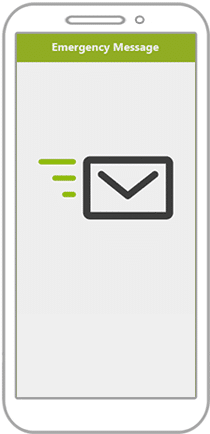

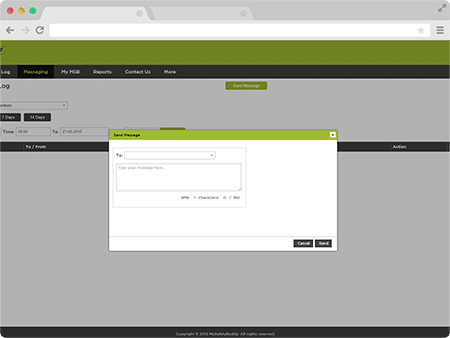 SMS Broadcasts
SMS Broadcasts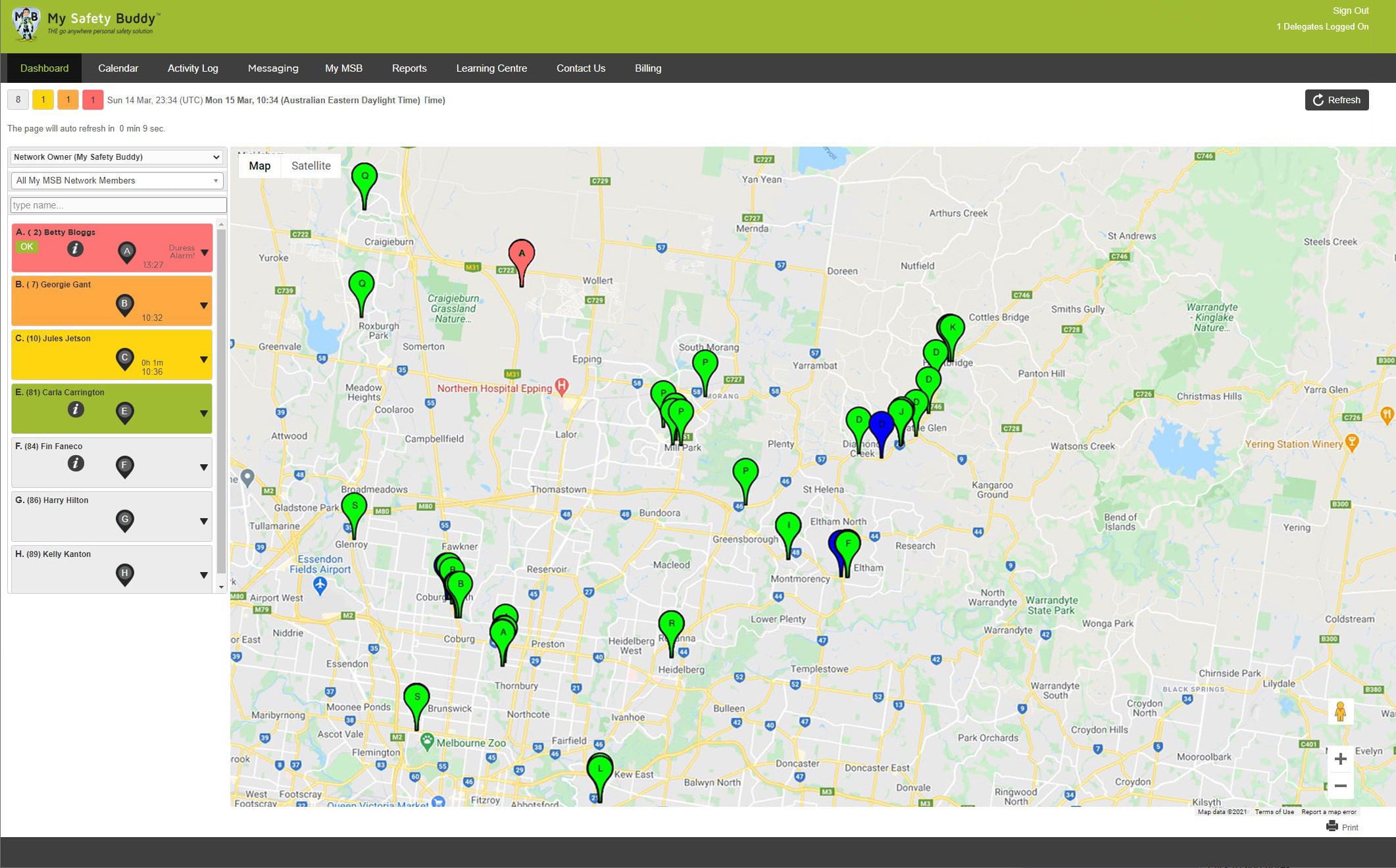 Web Portal and Dashboard
Web Portal and Dashboard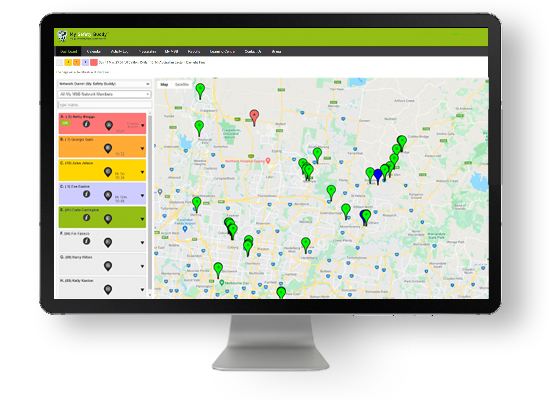
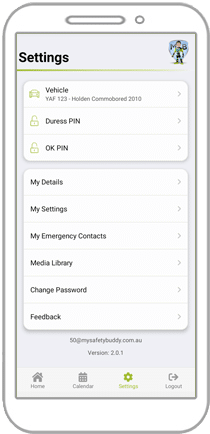 Customisable Settings
Customisable Settings
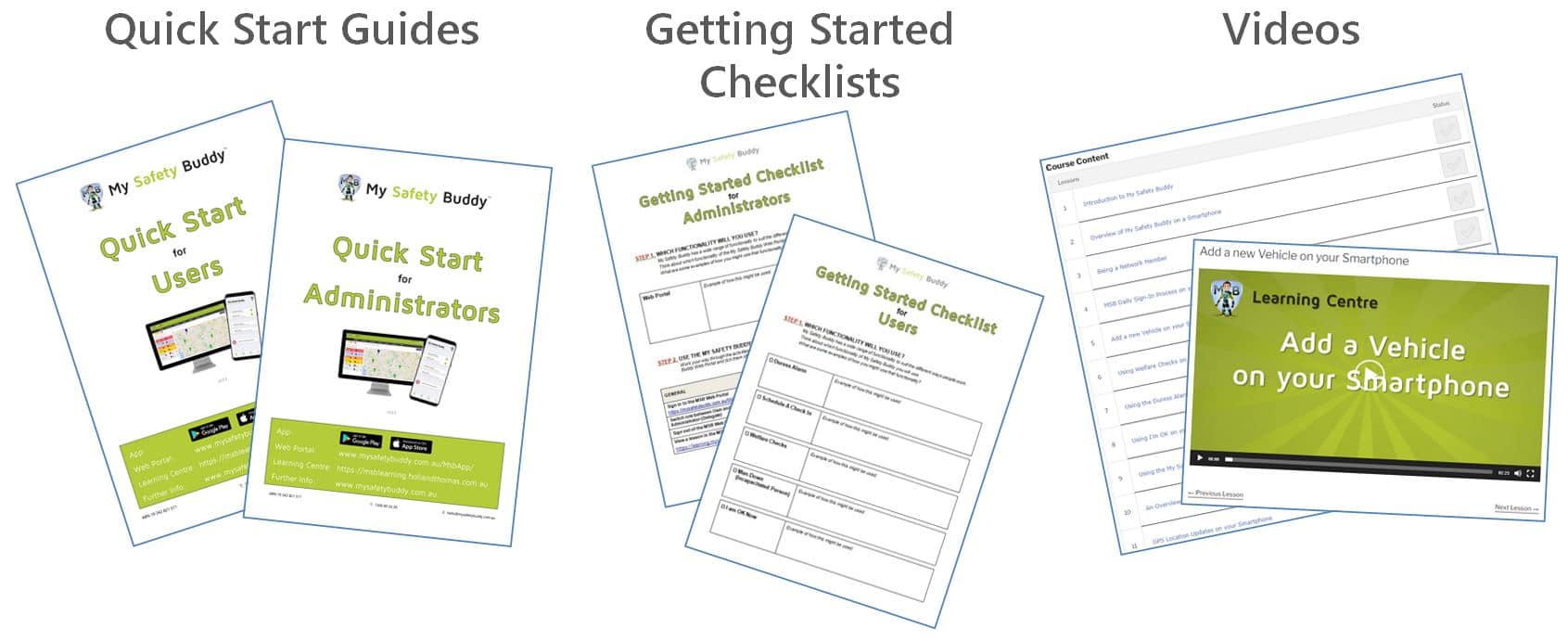

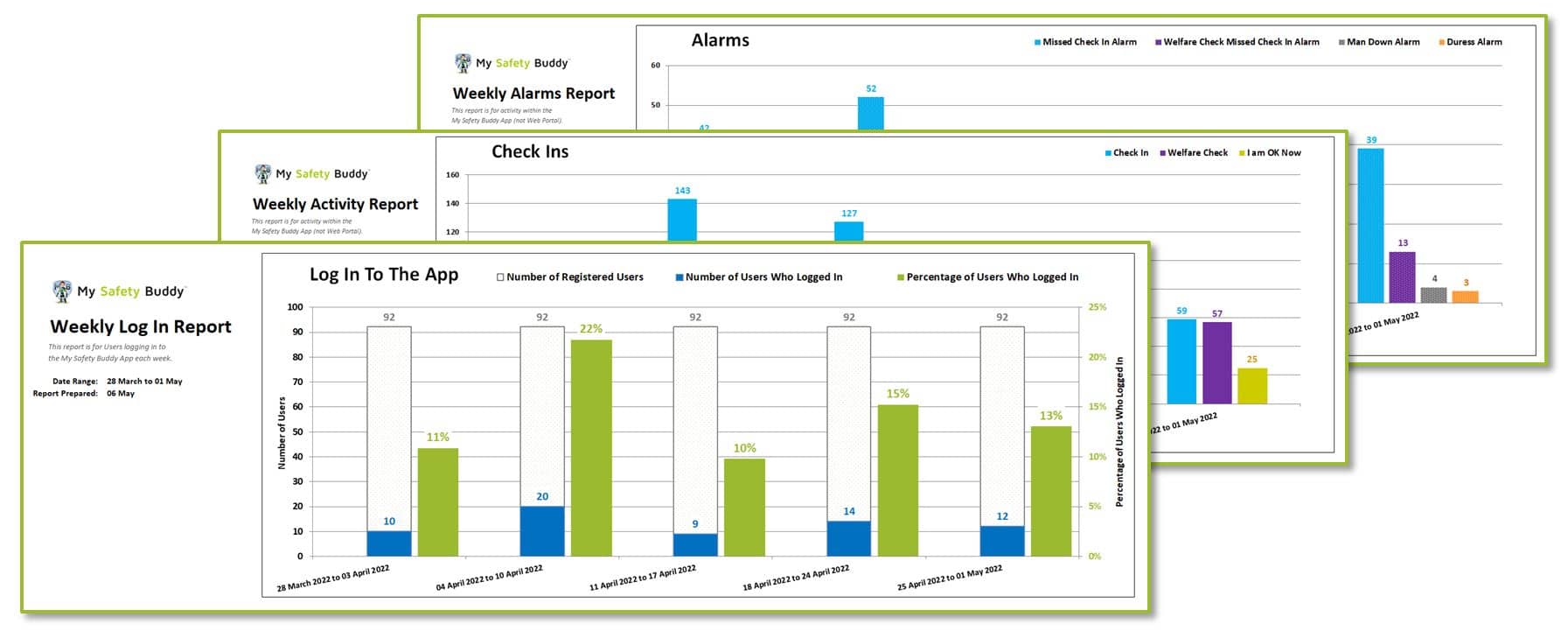
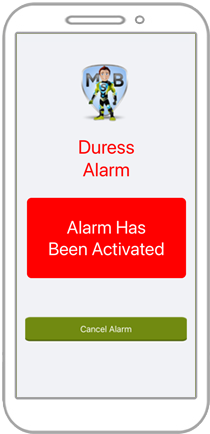

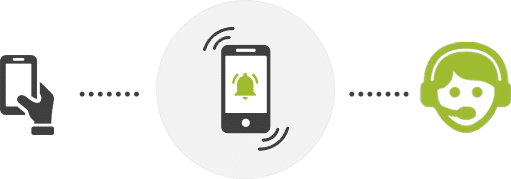
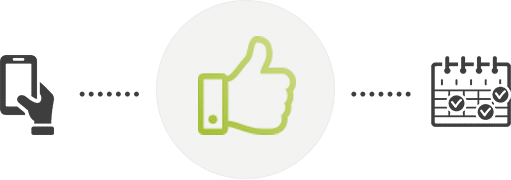


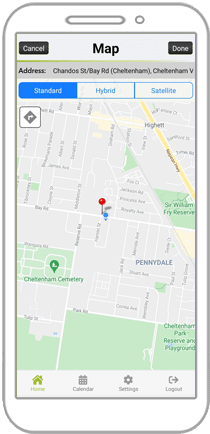
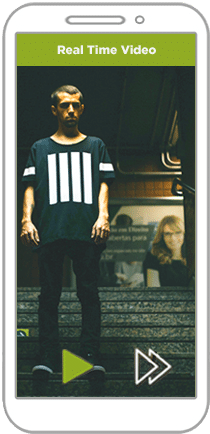
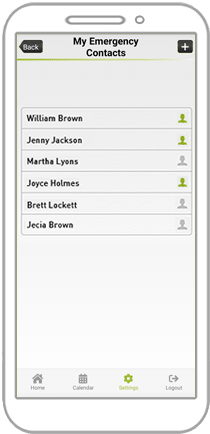

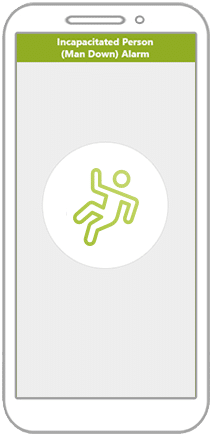 Man Down Alarm
Man Down Alarm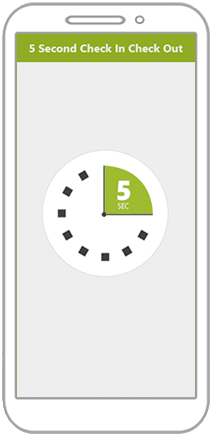 5 Second Check In
5 Second Check In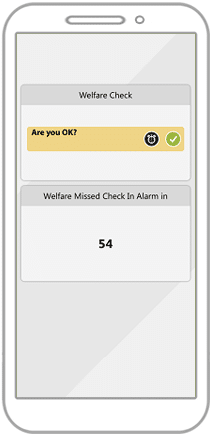 Welfare Checks
Welfare Checks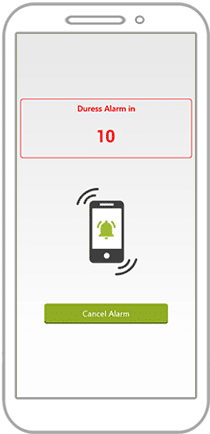 Duress Alarm (Panic Alarm)
Duress Alarm (Panic Alarm) Real Time Video
Real Time Video